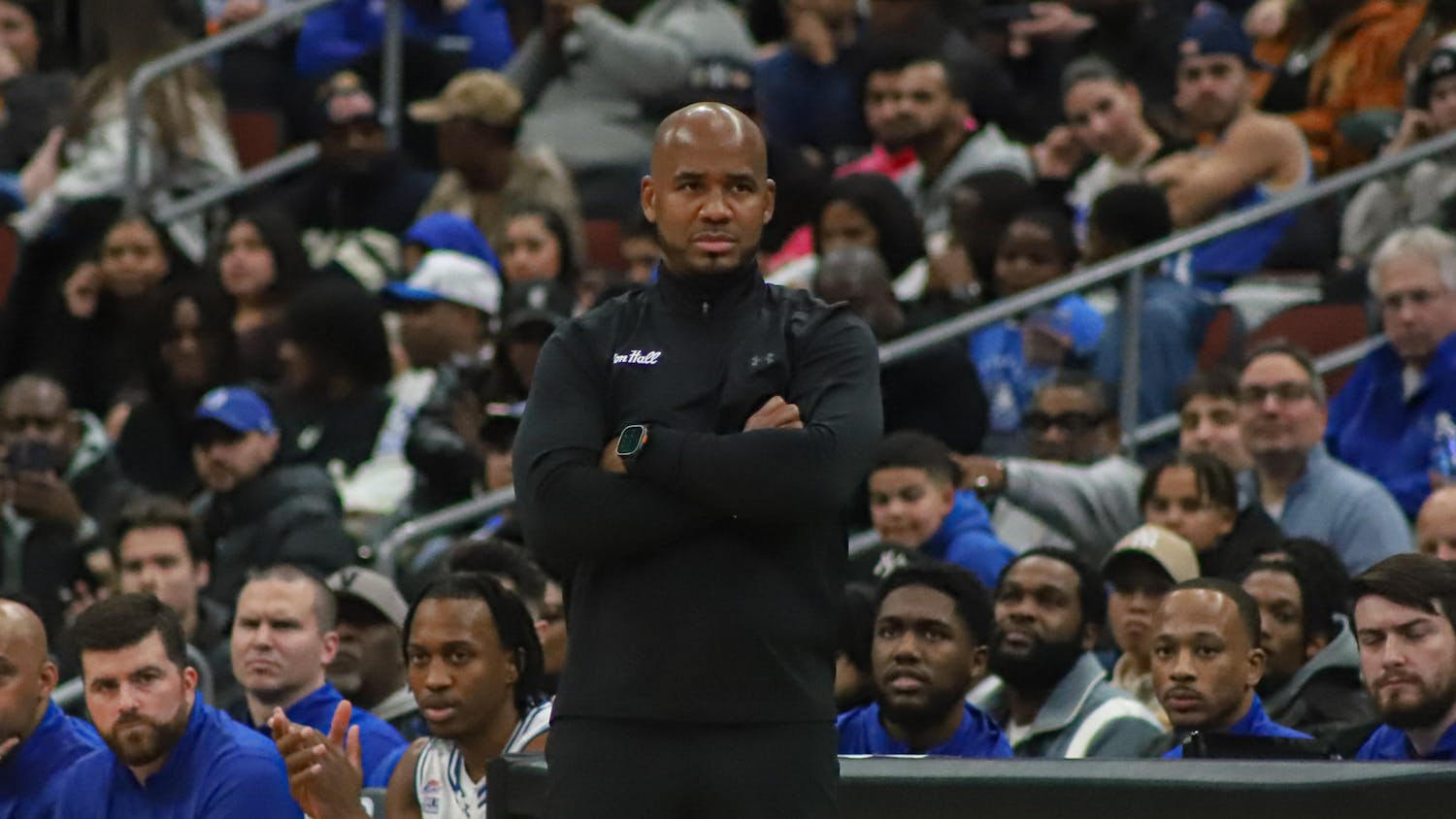Earlier this week Massachusetts lawmakers announced that they were considering a bill to prevent children from playing tackle football before seventh grade. The reaction online was disorienting and alarming.
The objections to the proposed law – which would cost violators a $2,000 fine – were centered around kumbaya notions of tackle football instilling toughness and the completely broken, incoherent logic that a sport which destroys brains is an essential building block for a maturing adolescent. “How could it be America without football!?,’”they cried.
Every time I saw one of the comments, I wanted to scream. This is not an attack on football, but rather an attack on ignorance. The data is in, and it is conclusive.
In a 2017 study in the Journal of American Medicine, Chronic Traumatic Encephalopathy (CTE) was found in 177 of a total 202 deceased football players, and 110 of 111 former National Football League players.

CTE is a degenerative brain disease, brought about by repeated brain trauma. In CTE, clumps of a protein known as Tau cover the brain, killing cells and thereby causing memory loss that ultimately results in progressive dementia.
While the symptoms, which include aggressive mood swings, depression and paranoia, have been seen in teenagers, most people do not experience hardship until their 40s or 50s, allowing shortsightedness to win out in many decisions on whether or not to play.
But, this is not about choosing whether or not to play football. A popular argument to this law has been the government’s interference. “I don’t want the state telling me what I can do with my child, or even worse, my child wants to play!”
This law is about protecting children, something any parent should inherently hold as their first priority. The government is stepping in because, even if your child may want to play, there is no way he or she can comprehend the full scope of football’s long-term brain damage and be ready to accept its possible mid-to-late life debilitation.
When he or she is old enough to determine that – which is a whole other argument – then allow them to make the decision. Certainly, we can agree that pre-teens are too young to understand the risks.
I did not comprehend the potential danger when I played as a high school freshman in the fall of 2011, a time right on the precipice of much of the recent CTE breakthroughs. That was an era of two-a-days in the blazing sun, and I can remember having my “bell rung” at least once.
The memory that stands out is from a Saturday morning practice. After a week of two-a-days, this was our lone day of the week with one sole practice, and thank God. I was hit so hard and felt so strange, I was in a daze for the rest of that practice.
But I was lanky then and moderately-athletic at best – the only thing I could pride myself on at the time was my avoidance of injuries – so, I got through the practice.
I can remember being in a bakery later that afternoon in such a fog. The room was white with plenty of bright natural and fluorescent light, and I was disoriented but thankful I had almost 48 hours to recover ahead of Monday morning practice.
Clearly, I should have been tested for a concussion, but I was 14 and doing everything to keep my coveted fifth wide receiver spot in our run-heavy offense. By Monday, I felt reasonably better, but I still wonder: Did I have an undiagnosed concussion, will I someday live to rue my lack of attentiveness to the issue?
While it was previously understood that the brain finished developing during teenage years, recent consensus has pushed that age of full development to around 25 years old. With that, there is no way of postponing football until the brain is developed. And, despite all the rule changes in the NFL, the sport remains fundamentally destructive and disease-causing.
What cannot be stressed enough is how young former football players who suffer from CTE are, such as the late Junior Seau, who took his life at 43, or Aaron Hernandez, who committed suicide while in prison at 27.
Even more striking is the case of 13-year-old James Ransom, who took his life one year after a head-to-head collision that resulted in symptoms of CTE, although his family chose to not have his brain tested for the disease. Contrast this with the estimated 5.7 million Americans who suffer from Alzheimer’s or dementia, of which 96 percent are 65 or older according to ALZ.org.
All these damning consequences make it hard to justify the sport at any age, let alone the elementary school level. But at the very least, if a choice of whether or not to take part is to be made, that decision needs to be carried out by the individual who will face the risks, and no one can be ready for that before seventh grade.
James Justice can be reached at james.justice@student.shu.edu or on Twitter @JamesJusticeIII.





